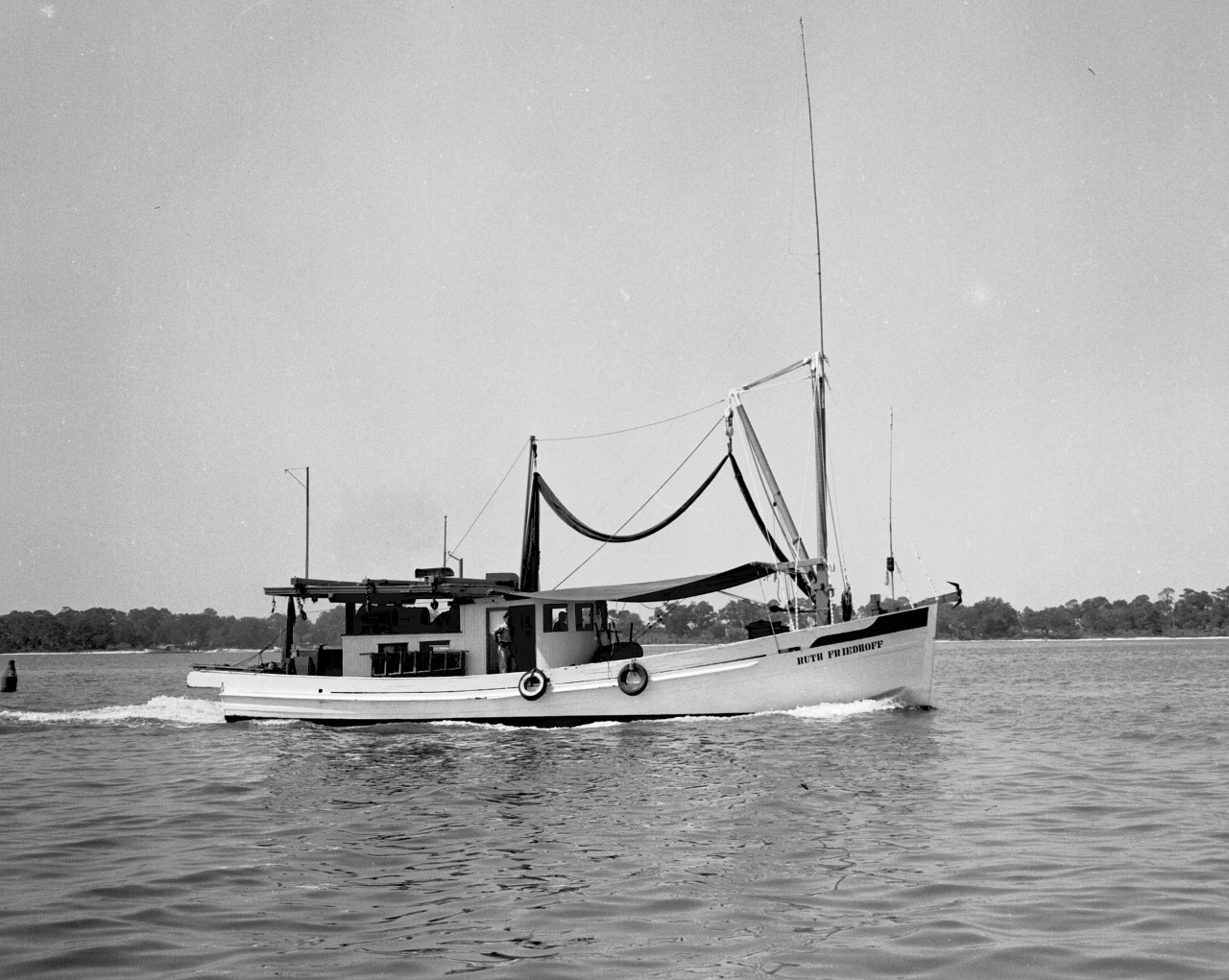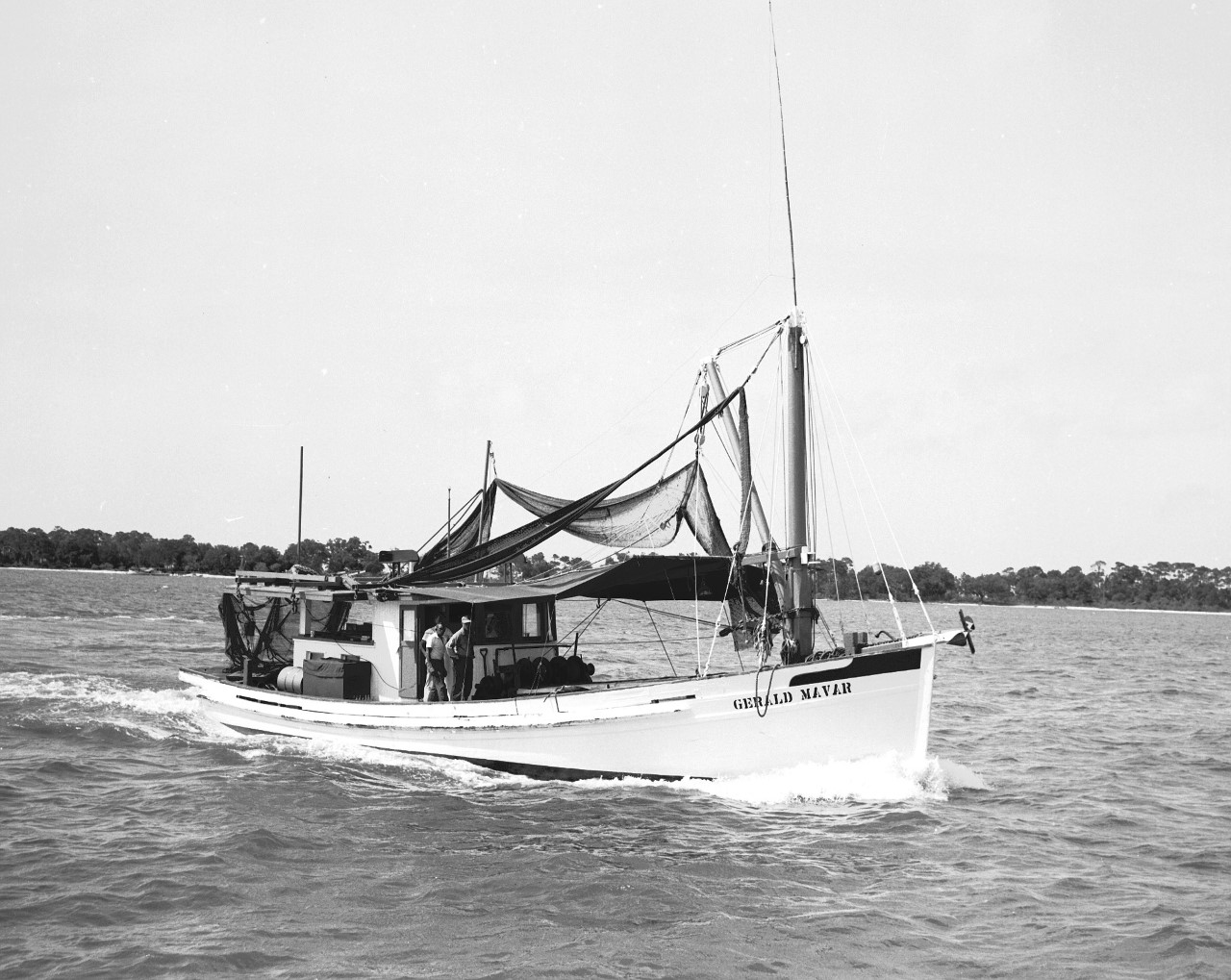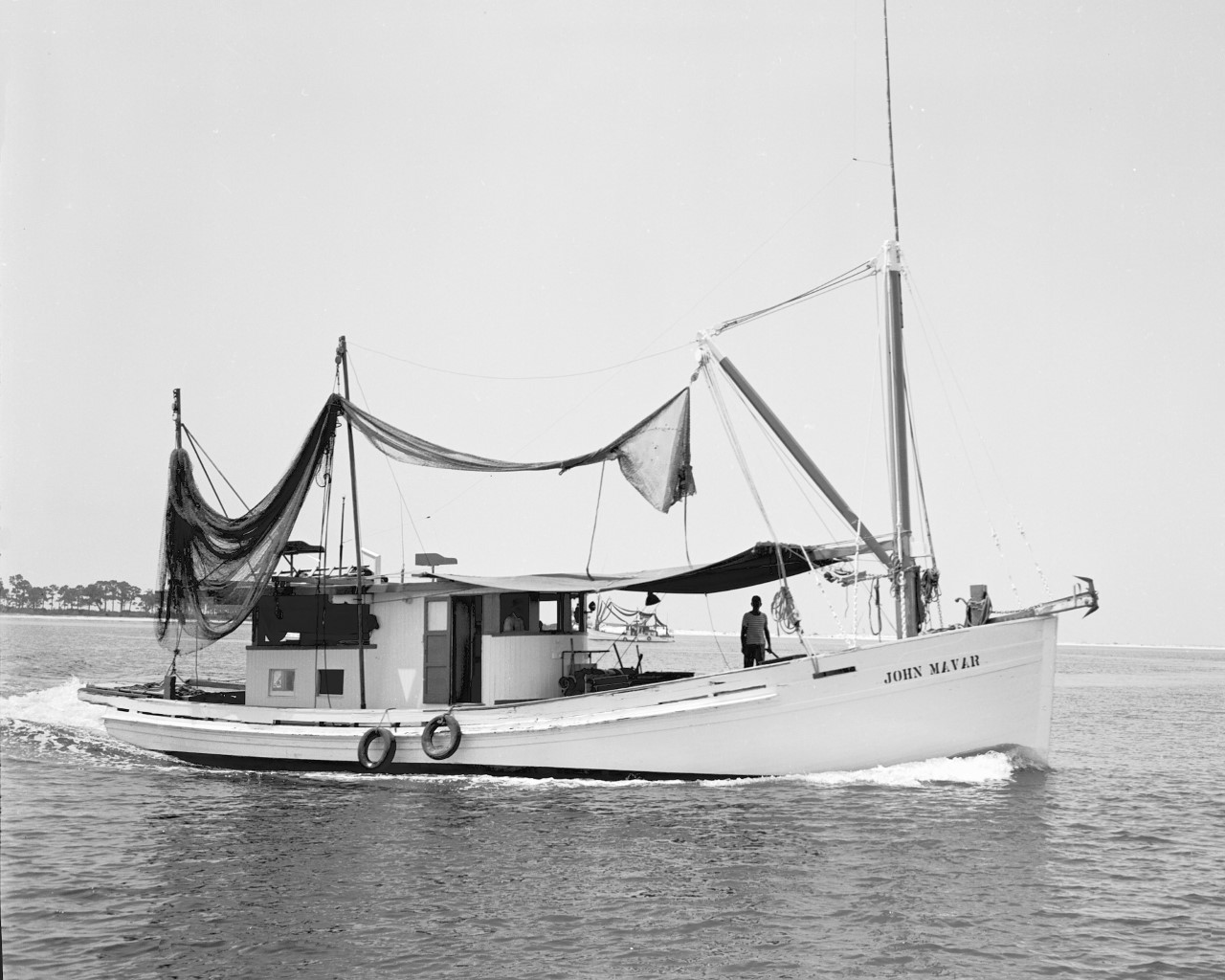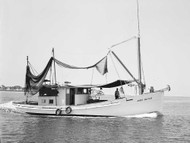The History of the Biloxi Lugger
Posted by Biloxi Shrimp Co. on Jul 29th 2022
Take a look at the logo for Biloxi Shrimp Co.
A quick glance and you can tell that it’s a boat, but closer inspection will reveal that, more specifically, it’s what is known as a “Biloxi Lugger,” a type of boat with its own unique history that’s integral to the Gulf Coast seafood industry. As outlined by the Mississippi Museum of Historical Photography, the Lugger was once the most common and abundant of smaller fishing boats along the Gulf Coast during the 1880s. An average Lugger was 30 to 40 feet long, was primarily operated by only two crewmembers and was used to catch not only shrimp, but also oysters. The boats were fitted in the aft (or rear interior) with a large cockpit fitted with hatch covers specifically to keep oysters fresh. Back then, a 40-foot Lugger would have a 12-foot mast with one shroud on each side to hold a single lugsail. By the 1930s and 40s (when Biloxi Shrimp Co.’s own Mavar family had their own Biloxi Luggers), Luggers transitioned to powerboats.
Note: All of the black and white images of Biloxi luggers in this story were actual boats in the Mavar family fleet.
 |

|
|

|

|
According to Mississippi History Now, when more fishermen began switching to gas-powered boats by 1915, the draw of the Lugger became its ability to drag heavy otter trawls, funnel-shaped nets that were 30 to 35 feet long and could catch large hauls of shrimp more efficiently.
Perhaps one of the most appealing features of the Lugger was that they were considered both practical and attractive vessels. They were oftentimes built by their owners using easy-to-access materials, specifically designed for the local waters and climate of the fishermen.
A quote from Howard I. Chapelle’s 1951 work American Small Sailing Craft goes:
“… To ‘sail cheap’ you must give up varnish for paint, mahogany for pine, bronze for galvanized iron, gadgets for simplicity, and luxury for plain living. What is left? A boat that is individualistic, that sails and performs well, and that does her job, costing no more than one can reasonably afford; that is all.”
The shipbuilding process was led by men on the Coast, with fathers passing down the trade to their sons for generations. Similarly, immigrants from countries such as Croatia who flocked to the Gulf Coast could utilize their vast knowledge of shipbuilding from careers in their former home countries to build incredible Luggers from whatever materials they had.In fact, J.D. Covacevich, an immigrant from Croatia, was the man who designed the Lugger for the Mississippi Coast’s fishing industry. Mark Mavar, one of our co-founders, comes from this same Croatian heritage, with his grandfather coming to Biloxi in 1898 to lay the groundwork for generations of shrimping.
As a side note, in doing our research we discovered this fascinating gentleman/model boat builder, Mr. Robert Tuttle, from North Carolina who actually built a model Biloxi Lugger for someone who grew up in Biloxi working on a lugger. He said that to get the idea of how the the boats work, he came and spent a week on a shrimp boat! We thought we would share his Facebook post featuring the beautiful lugger! Mr. Tuttle told us that what started as a hobby is now an obsession with model boats! When asked if he would build a Biloxi Lugger for someone else, he said, "Absolutely." Mr. Tuttle can be reached at retuttle5@gmail.com or by phone call at (336) 766-0672!
Click here to order mouthwatering wild-caught shrimp straight from the warm waters of the Gulf of Mexico.


